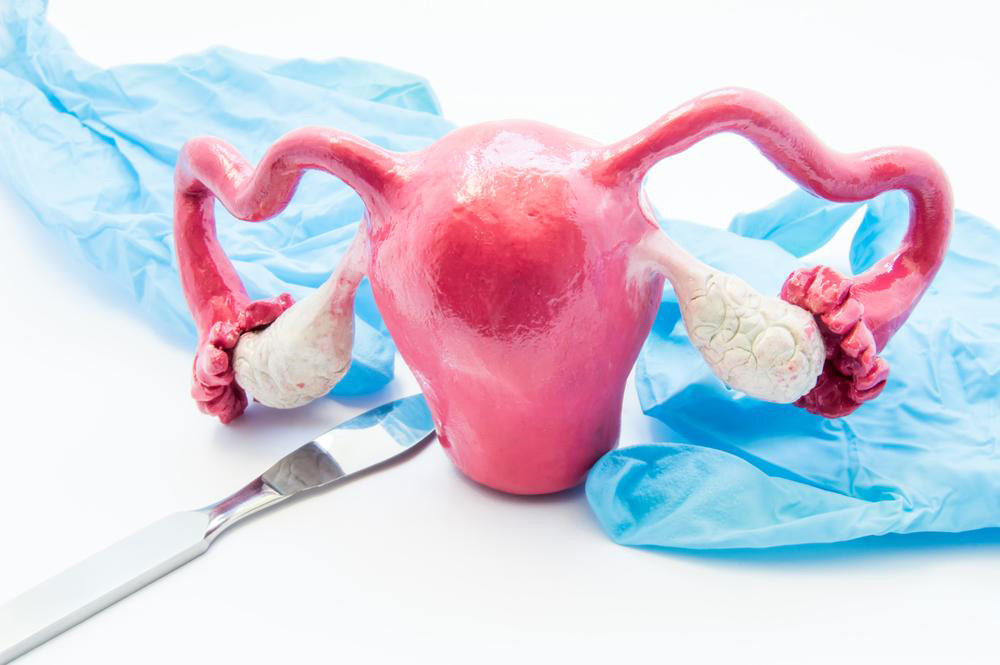Comprehensive Overview of Abortion: Critical Facts and Insights
This comprehensive article explores key facts about abortion, highlighting its prevalence, safety, demographic diversity, and common misconceptions. It provides in-depth insights into the safety profile of the procedure, the importance of contraception, and fetal pain understanding, aimed at fostering informed discussions and awareness.

Comprehensive Overview of Abortion: Critical Facts and Insights
Abortion, a subject that has sparked extensive debates and discussions, is a medical procedure that involves the termination of a pregnancy. Legalized in the United States by the landmark Supreme Court decision in 1973 through the Roe v. Wade case, abortion remains a vital topic in healthcare, ethics, law, and social policy. Understanding the key aspects of abortion, its safety profile, demographic reach, and misconceptions is essential for informed decision-making and policy discussions.
Prevalence of Abortion in Society
Many people tend to underestimate how common abortion actually is. Statistics show that approximately 30% of women in the United States will have at least one abortion by the age of 45. Despite this high prevalence, many individuals may not personally know someone who has undergone the procedure, often due to its sensitive nature and privacy concerns. Abortion is a common healthcare service utilized across diverse socioeconomic backgrounds, races, and cultural groups, reflecting its widespread acceptance and accessibility in many regions.
Safety and Medical Standards of Abortion
One of the most reassuring facts about abortion is its safety profile. The risk of mortality associated with legal abortion procedures is incredibly low, with fewer than one death per 100,000 procedures performed. Over 100,000 legal abortions have been conducted without any reported fatalities, underscoring the safety of modern medical practices. When comparing maternal mortality rates from childbirth, where approximately 15.9 women per 100,000 die during delivery, abortion emerges as a significantly safer option. The highest safety margins are observed when abortions are performed during the first trimester, generally within the first 12 weeks of pregnancy, when both physical and psychological risks are minimized.
Demographics of Women Seeking Abortions
Contrary to some misconceptions, women seeking abortions come from a wide array of backgrounds. Women of different ages—including teenagers, young adults, and older women—access abortion services. Racial and socioeconomic diversity is evident among those who seek such procedures, illustrating that abortion is not exclusive to any specific group. Many women who have children opt for termination due to timing conflicts, financial considerations, or personal circumstances that make it challenging to continue with a pregnancy. Even among women with children, decisions to seek an abortion often stem from complex, deeply personal reasons.
Abortion Versus Contraception
It is crucial to distinguish abortion from birth control. Contraceptive methods such as condoms, oral pills, intrauterine devices (IUDs), and other forms of birth control serve to prevent pregnancy altogether. Relying on abortion as a routine form of contraception is neither practical nor advisable, as it involves a significant emotional, physical, and financial toll. The vast majority of women do not seek multiple abortions, emphasizing that abortion is typically reserved for specific circumstances rather than a habitual practice. Effective contraception remains the best approach to pregnancy prevention.
Fetal Pain and Abortion Timing
Addressing concerns related to fetal pain, scientific research indicates that fetuses do not experience pain before the third trimester, which begins around the 28th week of pregnancy. The neurological development necessary for pain perception occurs late in gestation, meaning early-term abortions—those conducted within the first 12 weeks—are unlikely to cause pain to the fetus. Most abortions (approximately 98.6%) are performed before 21 weeks, often due to medical, personal, or situational reasons. Only about 1.4% of abortions are late-term, generally linked to severe medical complications or threats to the mother's health.





